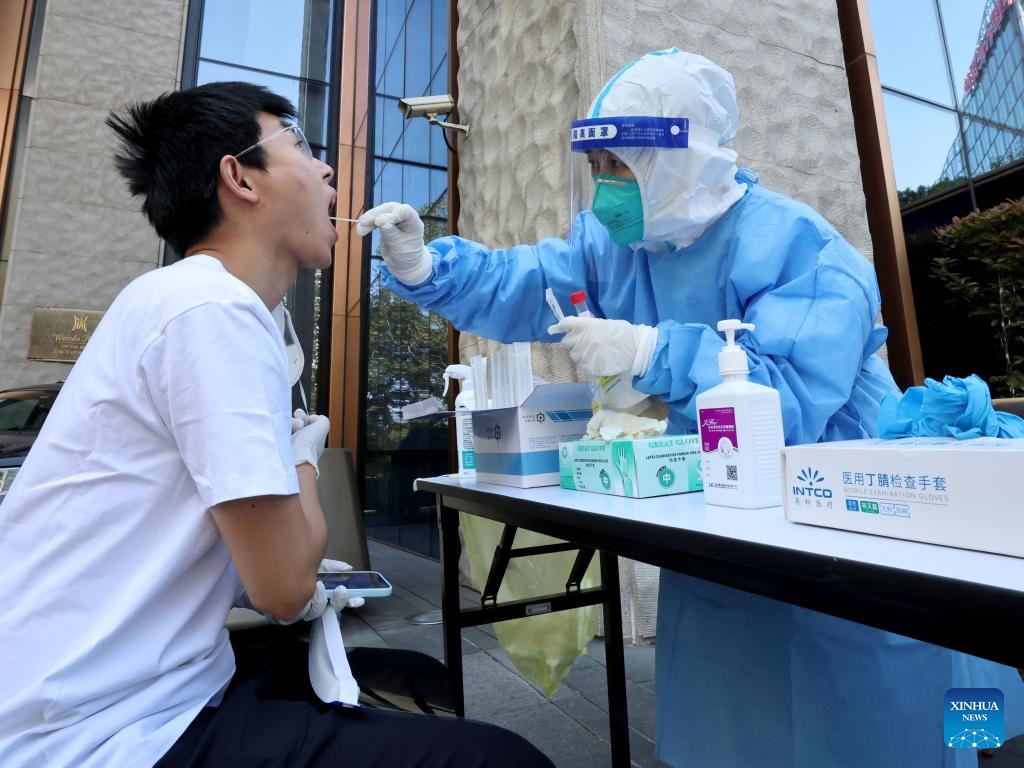This article has been reviewed according to Science X's editorial process and policies. Editors have highlighted the following attributes while ensuring the content's credibility:
fact-checked
trusted source
proofread
Photog with early dementia snaps away to keep memories
KYOTO--Suffering from early onset dementia, photographer Atsushi Shimosaka does his best to retain his memories with the help of his camera.
His photo series “Kioku to Tsunagu” (Connect with memories) is posted on a website developed by such parties as Kyoto Prefecture to raise awareness of dementia, showing his images capturing daily scenes of his life.

Combatting the disorder, which is advancing slowly, Shimosaka, 49, is spreading his message: “Having dementia never means everything is finished.”

THOUGHT HE WOULD DIE AT 46

Shimosaka, a resident of Kyoto's Kita Ward, was diagnosed as developing early onset Alzheimer’s disease at the age of 46 in August 2019, when he was working at a fresh fish retailer.
“I thought my life was finished,” he said.
Shimosaka had started noticing something wrong with his body and mind a few months earlier.
He tried to speak to a colleague of more than 10 years at his workplace, but he could not recall his co-worker’s name.
Though Shimosaka knew the person in front of him was his colleague, he was unable to even recall a hint of his name. Shimosaka asked himself “why” and was frustrated that he could not remember.
Looking back, Shimosaka said other signs, such as getting lost frequently, were apparent back then.
He searched the internet for information on earlier dementia and was met with a slew of negative words.
The condition’s progress was described as being “faster than that for elderly people,” while there was a description stating that patients “become unable to get out of bed by themselves within two to five years.”
Heading to his workplace, Shimosaka even complimented ending his life while standing on the platform of a subway line.
“If I jump from here, insurance money might be paid (for my family) to make it through,” Shimosaka recalled thinking, given the 20 years left to repay his home loan.
Shimosaka was obsessed with the idea of killing himself on his way to and from work as well as during business hours. He wondered how he and his wife could live if it became impossible for him to work in the advanced stages of the disease.
ROLE TO PLAY
Shimosaka finally quit his job because he did “not want to cause trouble to his colleagues," and spent his subsequent days gloomily.
A turning point came three months afterward.
A medical and welfare team helping dementia patients live on their own arranged for Shimosaka to work part time at a day care service center. Eighty percent of users of the establishment in their 70s to 90s had dementia.
Everything was new for Shimosaka there. He initially had difficulty accustoming himself to helping elderly residents in going to the bathroom, taking baths and eating.
The job at the facility made him aware that he could sympathize with residents simply because he was a dementia patient too.
“I can work despite my dementia,” said Shimosaka. “There are some roles in society that I, as a dementia sufferer, can solely play.”
His hard work at the center was rewarded with a position as a permanent staff member. Realizing his importance to society allowed Shimosaka to dispel his anxiety.
PHOTOGRAPHY FOR MEMORIZATION
Shimosaka acknowledged that his condition continues to slowly worsen.
He often forgets what he ate or whom he saw yesterday. It is difficult for him to stay aware of what time it is, making it arduous at times to decide whether it is day or night if in a room with no windows.
Shimosaka picked up photography as a hobby in his teens. He began snapping images on even more occasions after contracting dementia.
He trains his camera on the people he spends time with, locations he visits, meals he enjoys and other daily scenes around him.
“Even images showing ordinary scenes in daily life can help me bring back forgotten memories,” he said.
Shimosaka checks a cherry blossom photo in his personal computer and finds it difficult to determine if it shows this year’s flowers or those from many years ago, unless he looks at the date that he shot it.
Some pictures he took appear so unfamiliar to him that he does not recall the situation.
But Shimosaka resolves to keep photographing.
Three and a half years following his diagnosis, Shimosaka shoots photos of the users of day service facilities and delivers lectures to promote dementia awareness as a patient.
Although he once sank to the depths of despair, Shimosaka spends every day to the fullest while staying in touch with other members of society through his photography.
Shimosaka says a prayer every time he releases the shutter.
“My prayer is that the captured scenes, smiles, bonds and ordinary days will be long lasting,” he said.





















